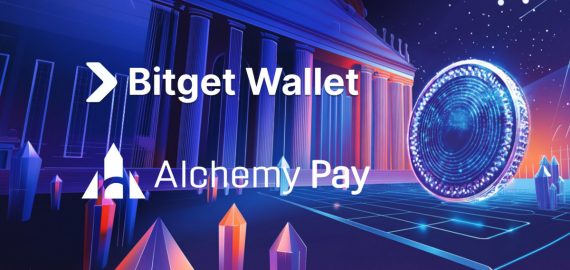Aave Community Initiates Proposal Vote On Increasing Bridged USDC Reserve Factor In Protocol Deployment


In Brief
Aave gathers community vote on raising the Reserve Factor for Bridged USDC across Arbitrum, Optimism, Polygon, and Base Aave deployments.

Decentralized finance (DeFi) lending protocol Aave community launched a vote on a new proposal aimed at gradually raising the Reserve Factor (RF) for Bridged USDC (USDC.e and USDbC) across Arbitrum, Optimism, Polygon, and Base Aave deployments. The voting period has already started and will conclude on June 3rd.
The proposal suggests that the increase will gradually make the deposit rate on listed markets less attractive over time, reducing competition between Bridged USDC and native USDC. This adjustment is anticipated to encourage users to transition to native USDC within the respective market.
Upon the proposal’s implementation, an Aave Improvement Proposal (AIP) will be submitted to increase the Reserve Factor (RF) by 5.00% every two weeks, up to a maximum of 99.99%, contingent upon market conditions. The RF adjustments will be integrated into the bi-weekly RF and Borrow Rate adjustment AIP to streamline the voting process. This approach has already been deployed on Polygon v2, Ethereum v2, and Avalanche.
Aave Labs Unveils ‘Aave 2030’ Proposal, Plans For Aave V4 Launch And Cross-Chain Liquidity Layer
Aave functions as a decentralized and permissionless DeFi platform, allowing users to lend and borrow cryptocurrencies efficiently. Utilizing liquidity pools filled with various cryptocurrencies, Aave removes the need for central intermediaries. Lenders provide liquidity to these pools to earn interest, while borrowers can obtain overcollateralized loans. According to DefiLlama, Aave’s current total value locked (TVL) stands at $12.99 billion.
Recently, Aave Labs has unveiled the “Aave 2030” proposal to the community, aiming to initiate discussions about the platform’s vision and plans beyond 2030. The proposal outlines Aave Labs’ intention to introduce Aave V4, the next version of its protocol, in 2025. Additionally, Aave Labs plans to roll out a cross-chain liquidity layer (CCLL) to expand and transform into a cross-chain liquidity protocol over the next two to three years, among other improvements.
Disclaimer
In line with the Trust Project guidelines, please note that the information provided on this page is not intended to be and should not be interpreted as legal, tax, investment, financial, or any other form of advice. It is important to only invest what you can afford to lose and to seek independent financial advice if you have any doubts. For further information, we suggest referring to the terms and conditions as well as the help and support pages provided by the issuer or advertiser. MetaversePost is committed to accurate, unbiased reporting, but market conditions are subject to change without notice.
About The Author
Alisa, a dedicated journalist at the MPost, specializes in cryptocurrency, zero-knowledge proofs, investments, and the expansive realm of Web3. With a keen eye for emerging trends and technologies, she delivers comprehensive coverage to inform and engage readers in the ever-evolving landscape of digital finance.
More articles

Alisa, a dedicated journalist at the MPost, specializes in cryptocurrency, zero-knowledge proofs, investments, and the expansive realm of Web3. With a keen eye for emerging trends and technologies, she delivers comprehensive coverage to inform and engage readers in the ever-evolving landscape of digital finance.


















































